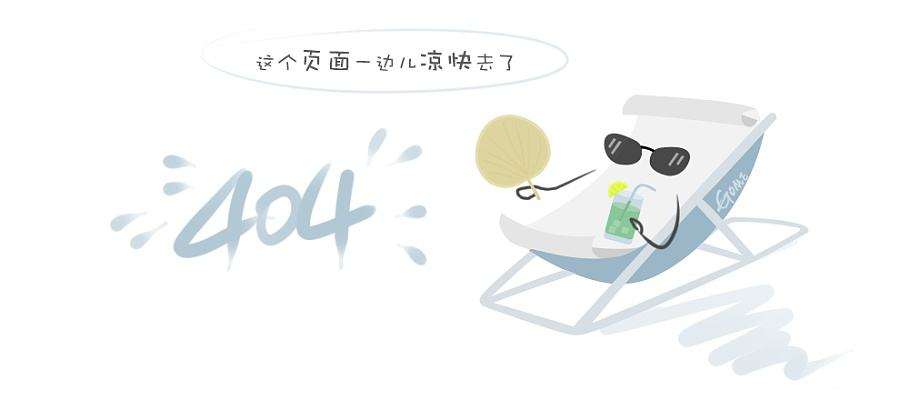three-barrel dryer is a new type of rotary dryer with direct heat transfer. it is mainly composed of inner barrel, middle barrel, outer barrel, wheel and belt, supporting wheel, transmission device, feeding and feeding device, outlet device and unloading lock valve. its structure has two main characteristics.
1. the cylindrical device is composed of three inner, middle and outer cylindrical sleeves with the same axis. the inner cylinder, the middle cylinder and the outer cylinder are straight cylinders. special lifting plate, helical blade and guide discharging straight plate are respectively installed on the walls of three cylinders. on the premise of guaranteeing the time required for material drying process, the length of the whole machine is shortened by 50%. the cylindrical space is fully utilized by the heat exchange between the drying material and the hot flue gas, thus avoiding the direct loss of heat from the high temperature airflow and reducing the heat dissipation loss on the surface of the external cylindrical body.
2. the transmission device of the cylinder body has been greatly improved. the machine is supported by wheel belt and supporting wheel. the unique supporting wheel drive simplifies the structure greatly, makes the installation and operation extremely simple, makes the operation more reliable and improves the operation rate greatly.
working principle
the three-barrel dryer is composed of three concentric barrels with different diameters, which are overlapped and combined according to the mathematical relationship of heat exchange and the structural form. each cylinder is equipped with special lifting plates with different angles and spacing. the structure can ensure that the dried materials move along the spiral direction under the action of gravity and thrust, maintain enough residence time and sufficient dispersibility in the cylinder, and make the materials exchange heat sufficiently with the heat flow from the combustion chamber in the cylinder, thus eliminating the normal situation. the defect of heat loss caused by "wind tunnel" phenomenon often appears in the cross section of conventional drying equipment. the special three-cylinder structure makes the inner cylinder surrounded by the outer cylinder to form a self-insulation system. the heat dissipated from the inner and middle cylinder surfaces participates in the heat exchange of materials in the outer cylinder, while the outer cylinder is at the low temperature end of the hot air flow. the heat dissipation area and heat loss of the inner cylinder are obviously reduced. the equipment can make full use of heat, reduce heat loss, increase heat exchange area, greatly increase the evaporation intensity per unit volume of the dryer, thus effectively improving the utilization rate of heat energy, reducing energy consumption, and greatly improving the thermal efficiency of the three-cylinder dryer.
when the three-barrel dryer works, the material and hot gas flow downstream from the feeding end of the inner barrel. under the action of the spiral angle lifting plate of the inner barrel, the material is lifted to exchange heat sufficiently with the hot air flow, and moves axially along the inner wall to the other end. then it enters the middle barrel, and the material evenly falls into the inner barrel after the lifting device of the middle barrel is lifted. on the guide discharging board of the outer wall, as the cylinder rotates, it flows slowly along its inner wall to the end of the middle cylinder, and then enters the outer cylinder. as mentioned above, the lifting, throwing and hot air flow are fully exchanged again. at the same time, the heat radiation from the inner cylinder evaporates water and flows to the outlet. finally, the material is discharged through the unloading lock air valve. the exhaust gas is discharged from the upper part of the exhaust device and is discharged up to the standard after dust removal.
from the material flow, it can be seen that while the material is directly dried by the hot air in one cylinder, it is indirectly dried by the heat in another cylinder, and the outer cylinder at low temperature has the function of heat insulation and heat preservation for the inner cylinder at high temperature. radiation and convection are the main heat exchangers between material and heat gas in inner and middle barrels, while heat gas in outer barrel has higher humidity and lower temperature. material is scattered on the outer wall of middle barrel, and heat transfer is carried by heat conduction and convection simultaneously.
1. the cylindrical device is composed of three inner, middle and outer cylindrical sleeves with the same axis. the inner cylinder, the middle cylinder and the outer cylinder are straight cylinders. special lifting plate, helical blade and guide discharging straight plate are respectively installed on the walls of three cylinders. on the premise of guaranteeing the time required for material drying process, the length of the whole machine is shortened by 50%. the cylindrical space is fully utilized by the heat exchange between the drying material and the hot flue gas, thus avoiding the direct loss of heat from the high temperature airflow and reducing the heat dissipation loss on the surface of the external cylindrical body.
2. the transmission device of the cylinder body has been greatly improved. the machine is supported by wheel belt and supporting wheel. the unique supporting wheel drive simplifies the structure greatly, makes the installation and operation extremely simple, makes the operation more reliable and improves the operation rate greatly.
working principle
the three-barrel dryer is composed of three concentric barrels with different diameters, which are overlapped and combined according to the mathematical relationship of heat exchange and the structural form. each cylinder is equipped with special lifting plates with different angles and spacing. the structure can ensure that the dried materials move along the spiral direction under the action of gravity and thrust, maintain enough residence time and sufficient dispersibility in the cylinder, and make the materials exchange heat sufficiently with the heat flow from the combustion chamber in the cylinder, thus eliminating the normal situation. the defect of heat loss caused by "wind tunnel" phenomenon often appears in the cross section of conventional drying equipment. the special three-cylinder structure makes the inner cylinder surrounded by the outer cylinder to form a self-insulation system. the heat dissipated from the inner and middle cylinder surfaces participates in the heat exchange of materials in the outer cylinder, while the outer cylinder is at the low temperature end of the hot air flow. the heat dissipation area and heat loss of the inner cylinder are obviously reduced. the equipment can make full use of heat, reduce heat loss, increase heat exchange area, greatly increase the evaporation intensity per unit volume of the dryer, thus effectively improving the utilization rate of heat energy, reducing energy consumption, and greatly improving the thermal efficiency of the three-cylinder dryer.
when the three-barrel dryer works, the material and hot gas flow downstream from the feeding end of the inner barrel. under the action of the spiral angle lifting plate of the inner barrel, the material is lifted to exchange heat sufficiently with the hot air flow, and moves axially along the inner wall to the other end. then it enters the middle barrel, and the material evenly falls into the inner barrel after the lifting device of the middle barrel is lifted. on the guide discharging board of the outer wall, as the cylinder rotates, it flows slowly along its inner wall to the end of the middle cylinder, and then enters the outer cylinder. as mentioned above, the lifting, throwing and hot air flow are fully exchanged again. at the same time, the heat radiation from the inner cylinder evaporates water and flows to the outlet. finally, the material is discharged through the unloading lock air valve. the exhaust gas is discharged from the upper part of the exhaust device and is discharged up to the standard after dust removal.
from the material flow, it can be seen that while the material is directly dried by the hot air in one cylinder, it is indirectly dried by the heat in another cylinder, and the outer cylinder at low temperature has the function of heat insulation and heat preservation for the inner cylinder at high temperature. radiation and convection are the main heat exchangers between material and heat gas in inner and middle barrels, while heat gas in outer barrel has higher humidity and lower temperature. material is scattered on the outer wall of middle barrel, and heat transfer is carried by heat conduction and convection simultaneously.
keys:



